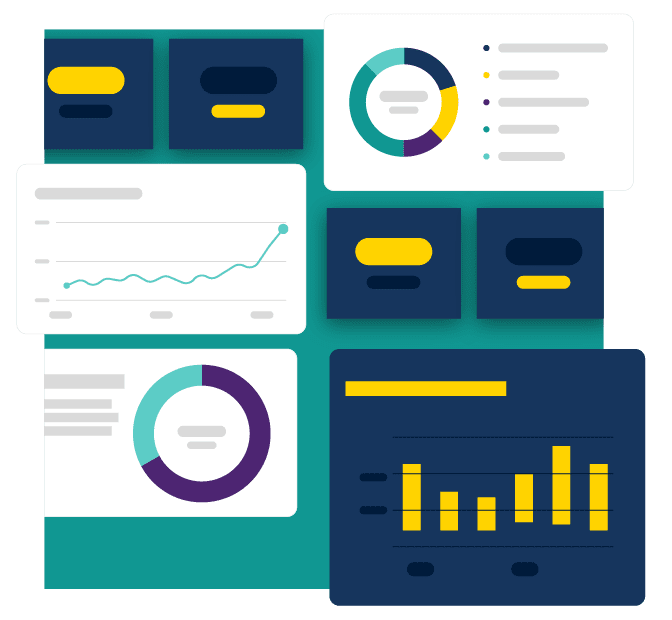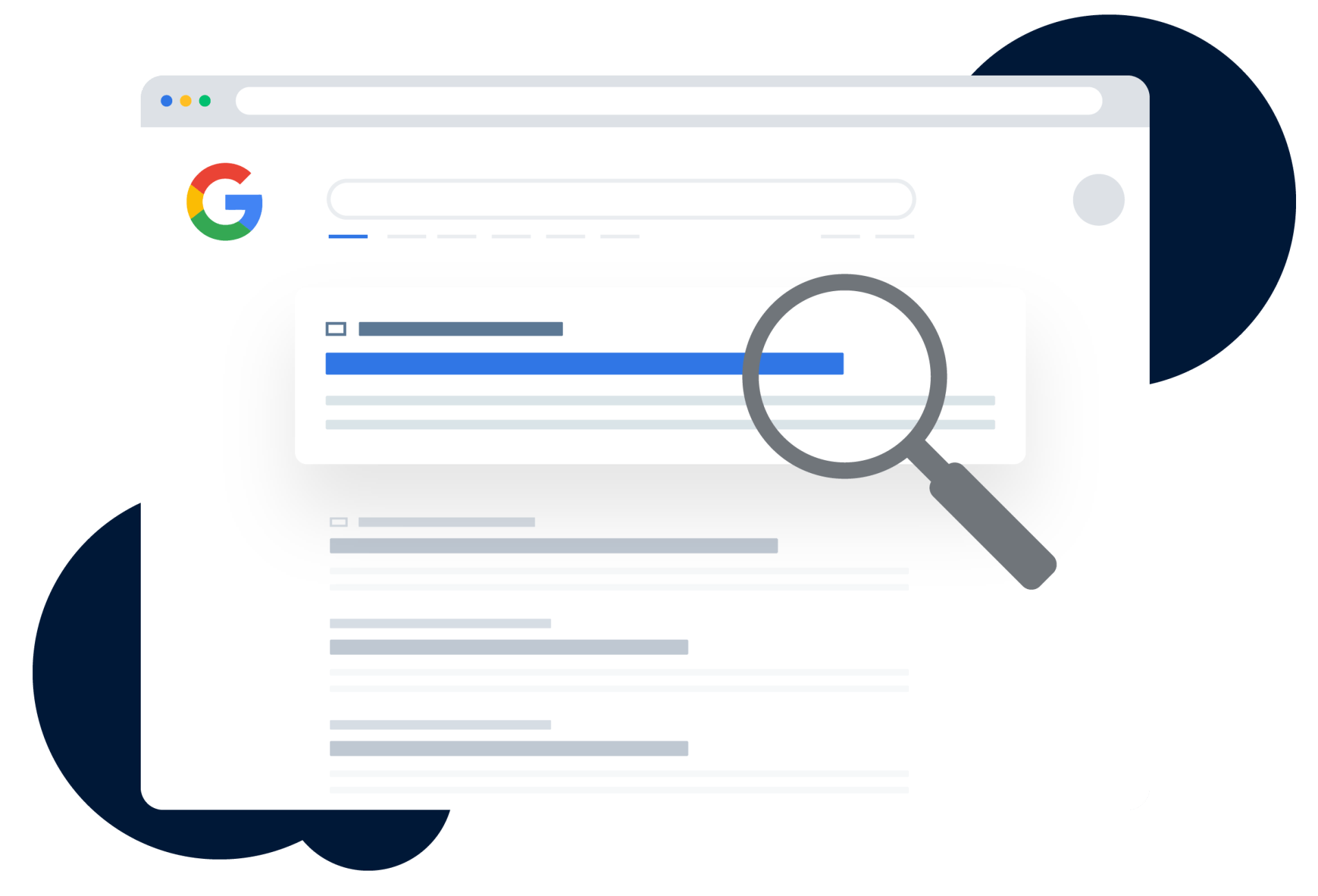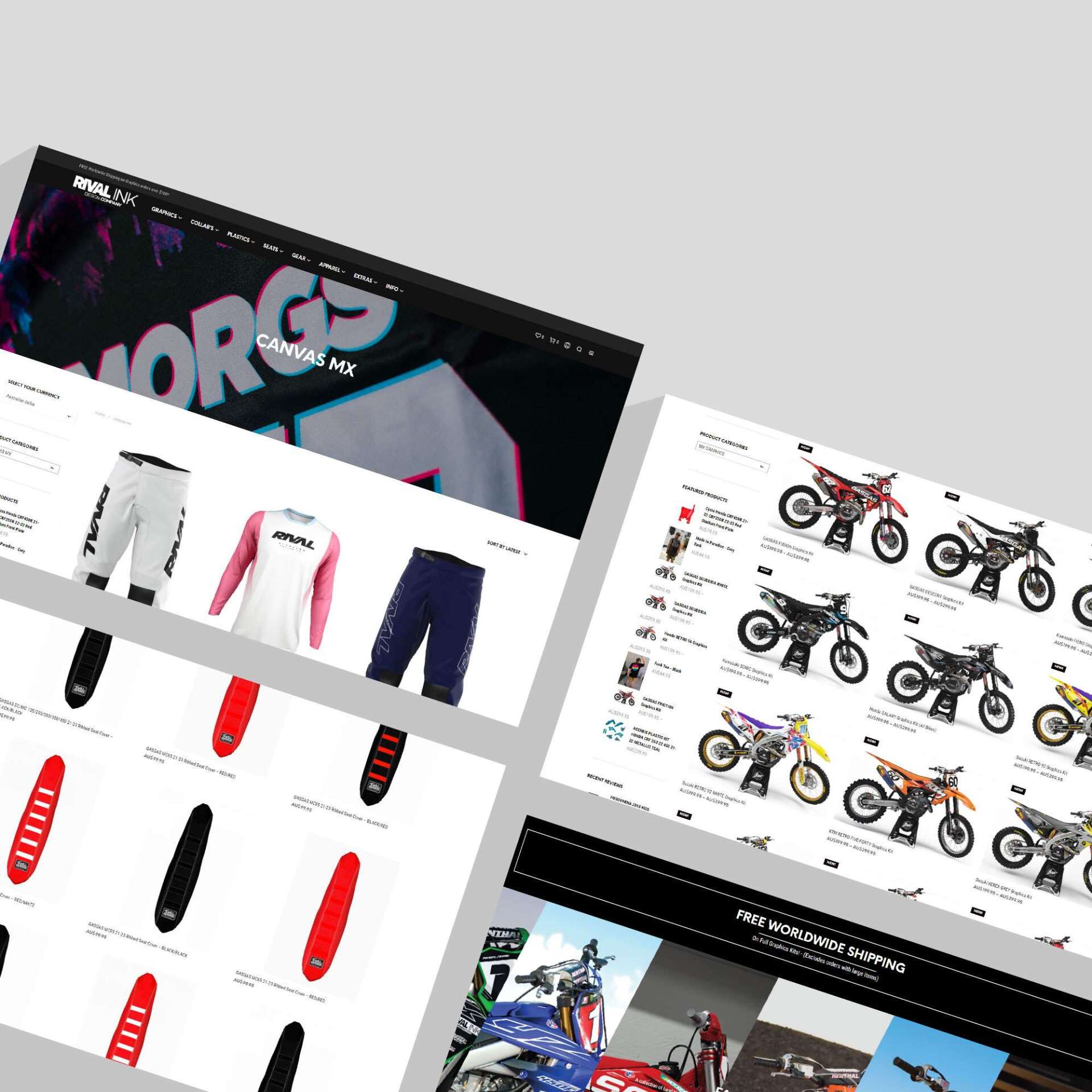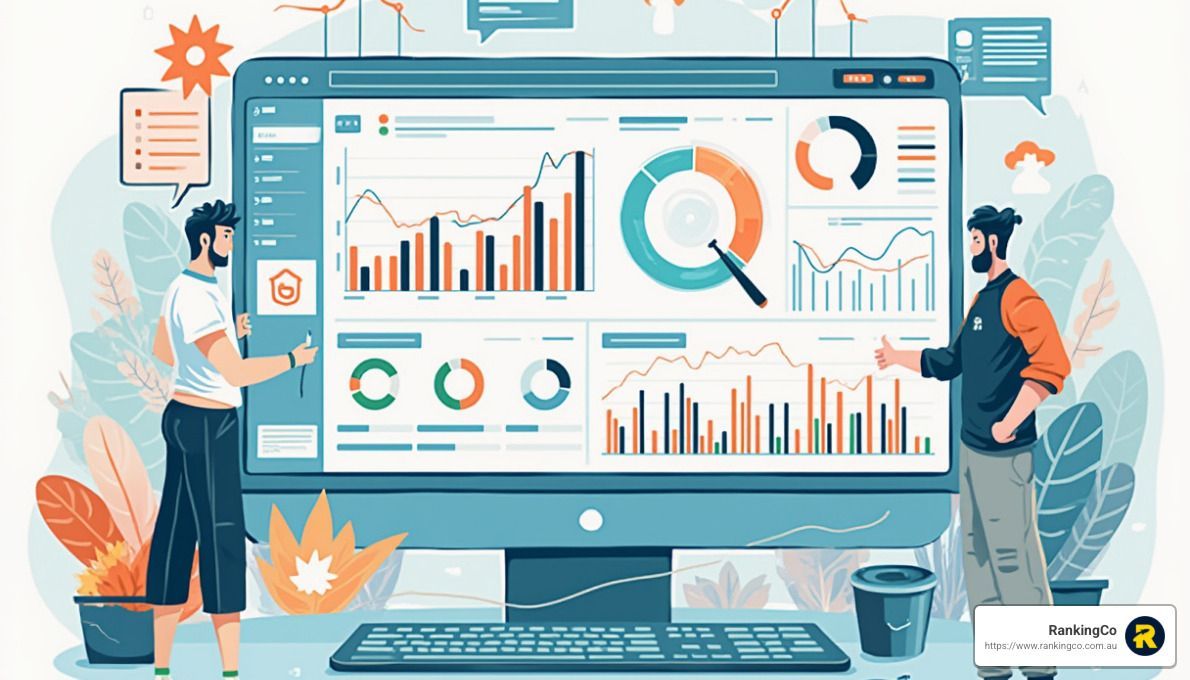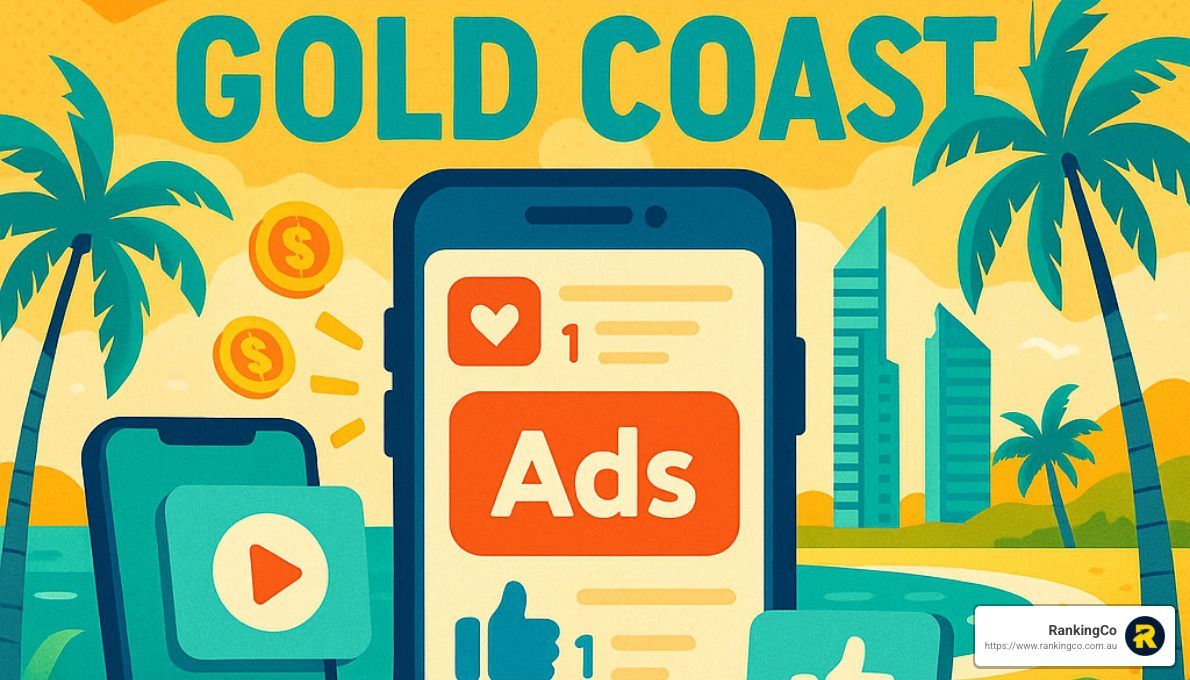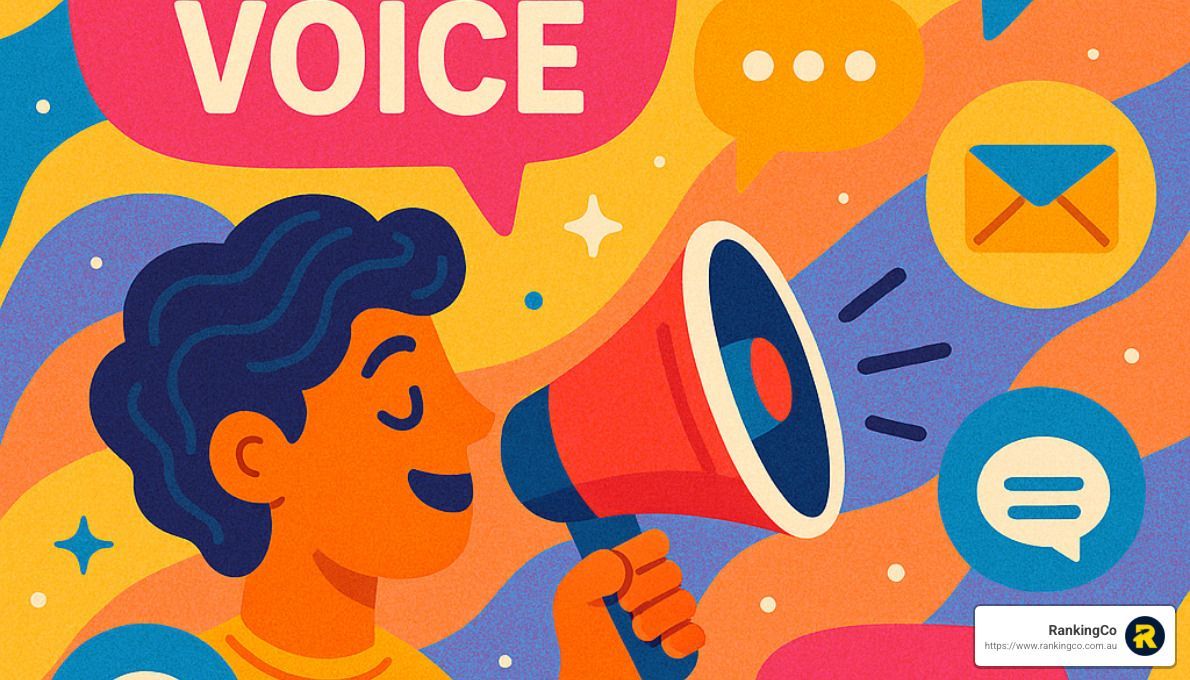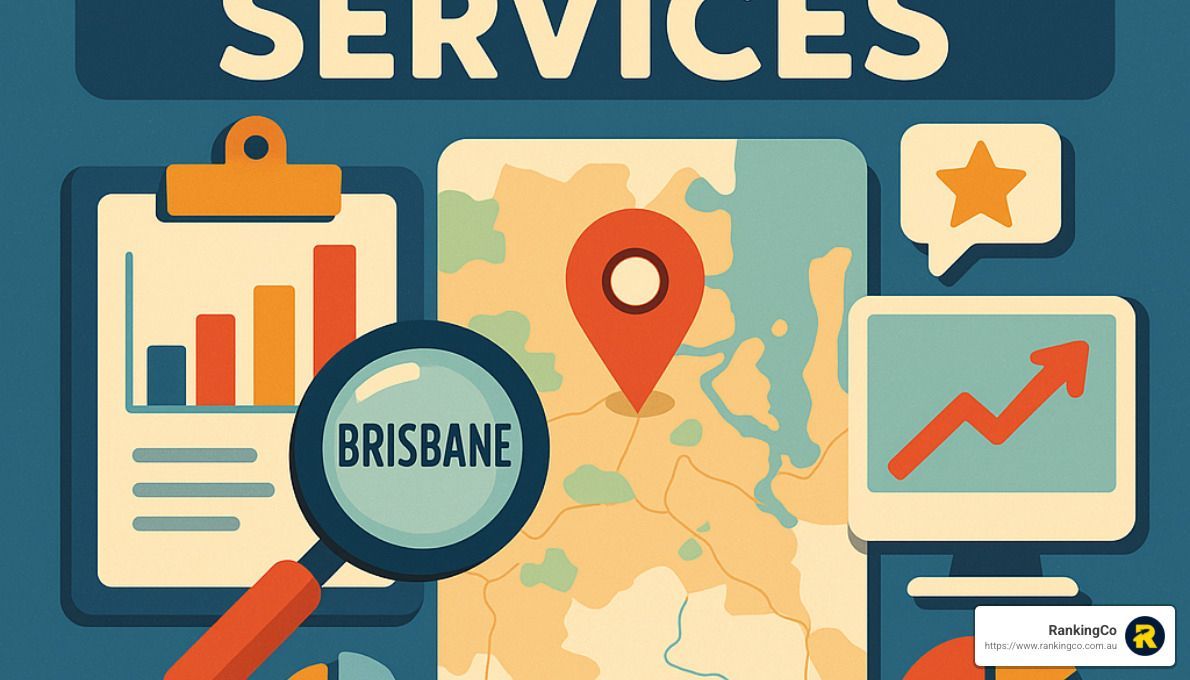The Future of Advertising: Meta's AI Image Generation Tools
Meta's latest expansion of AI image generation tools brings a new era of personalised advertising. By allowing advertisers to effortlessly create multiple image variations and overlay custom text, businesses can now scale their ad campaigns with dynamic visuals that truly capture attention.
This innovation is set to reshape how brands reach their audiences, enhancing ad performance and engagement.
Key Features:
- Custom Image Variations: Easily adapt your ads to different orientations or settings, creating multiple options for testing and refinement.
- Text Overlay Capabilities: Directly embed impactful text into images, highlighting your brand's message.
- Seamless Customisation: Modify images using text prompts, making it simple to align ads with your unique branding requirements.
This advancement empowers businesses to take full advantage of Meta’s platforms like Facebook and Instagram, providing a powerful tool for increasing customer engagement and ad effectiveness.
My name is Amber Porter, and I am the CEO and digital marketing strategist at RankingCo. With expertise in meta to expand ai image generation offerings for ads, I specialize in crafting effective, data-driven campaigns that improve brand presence and customer engagement.
How Meta’s AI Image Generation Tools Work
Meta’s AI image generation tools are powered by cutting-edge generative AI and deep learning technologies. These advanced systems give advertisers the ability to effortlessly create a variety of ad visuals, saving time and effort while delivering highly engaging content.
Let's dive into the core features and applications of these game-changing tools.
Key Features:
- Custom Image Variations: Meta’s AI tools allow advertisers to automatically generate multiple versions of a single image. By simply adjusting orientations, settings, or styles, businesses can create a diverse range of visuals that resonate with different audience preferences. This feature ensures ads stay fresh and engaging while offering ample opportunities for A/B testing.
- Text Overlay Capabilities: Adding text directly onto your images has never been easier. Advertisers can seamlessly overlay headlines, taglines, or key selling points directly onto visuals, enhancing message clarity and engagement—all without the need for external graphic design software.
- Seamless Customisation: With the power of text prompts, Meta’s AI tools enable businesses to tailor images to match their unique branding needs. This ensures that each ad maintains your brand’s voice and visual identity, providing a consistent, personalised experience for your audience.
Applications:
- Ad Visuals: Meta’s tools enable advertisers to craft unique, compelling visuals with ease. The ability to automate creative processes allows businesses to produce high-quality visuals quickly, driving stronger attention and engagement from their target audiences.
- Content Localisation: For businesses with a global reach, adapting content for local markets is crucial. Meta’s AI tools simplify content localisation by adjusting visuals to reflect different cultural contexts, ensuring that ads resonate with audiences worldwide.
- Creative Automation: With the scalability of these tools, businesses can automate the creation of creative assets at scale. This saves both time and costs, freeing up resources for more strategic initiatives, such as optimising campaigns and exploring new creative ideas.
These features and applications make Meta's AI image generation tools a powerful ally for advertisers looking to improve their campaigns. They offer a blend of scalability and customisation, aligning perfectly with the evolving needs of modern branding.
The Benefits of AI in Advertising
AI is revolutionising advertising by making it more efficient, creative, and scalable. Let's explore how these benefits are shaping the future of marketing.
Cost Efficiency
One of the most significant advantages of AI in advertising is cost efficiency. By automating the creation of ad visuals, businesses can reduce production costs. AI tools enable advertisers to generate high-quality images and text with minimal manual input, saving both time and money. This allows brands to allocate resources to other strategic areas, like market research or customer engagement.
Speed
Speed is critical in the world of advertising. AI tools accelerate the production of creative assets, allowing brands to launch campaigns quickly. With features like image variations and text overlay, advertisers can rapidly generate and modify content to meet tight deadlines. This quick turnaround ensures that brands stay ahead of competitors and respond swiftly to market changes.
Creativity Boost
AI empowers advertisers to explore new creative possibilities. By generating novel ideas and visuals, AI tools help brands break away from traditional concepts and experiment with fresh approaches. This creativity boost can lead to more engaging and memorable campaigns that capture audience attention. As one expert insightfully notes, "AI empowers brands to ideate and execute at an unprecedented scale."
Scalability
Scalability is another key benefit of AI in advertising. AI tools can produce multiple ad variations effortlessly, making it easier for brands to scale their campaigns across different platforms and regions. This capability is particularly valuable for global brands that need to tailor content for diverse audiences. By leveraging AI, advertisers can ensure consistent messaging while adapting to local preferences and cultural nuances.
AI Empowerment
AI is not just a tool but a powerful ally in the advertising landscape. It enables brands to harness data-driven insights and automate mundane tasks, freeing up creative teams to focus on strategic initiatives. AI's ability to process and analyse vast amounts of data allows for more informed decision-making, leading to more effective and targeted campaigns.
In summary, the integration of AI into advertising offers numerous benefits, from cost savings and speed to improved creativity and scalability. These advantages position brands to thrive in a changing digital landscape. Next, we'll dig into the limitations and risks of relying solely on AI and how to mitigate them effectively.
The Limitations and Risks of Relying Solely on AI
While AI offers many benefits in advertising, there are also notable limitations and risks that brands must consider.
Lack of Authenticity
AI-generated visuals can sometimes feel impersonal or lack the human touch. This can be a problem when brands need to connect with audiences on an emotional level. Meta's AI tools are powerful, but they can't entirely replace the nuanced creativity and intuition that human creators bring to the table.
Errors and Bias
AI systems are not immune to errors and can occasionally produce inappropriate or irrelevant content. Biases in AI models can also lead to unintended messaging that may not align with a brand's values. For example, if an AI tool is trained on biased data, it might generate content that unintentionally reflects those biases. It's crucial for brands to monitor AI outputs closely to avoid potential missteps.
Disruption Risks
AI tools can experience technical glitches or disruptions, especially during high-demand periods. This could lead to delays in campaign rollouts or inconsistencies in ad delivery. Brands should have backup plans in place to ensure that disruptions in AI tools do not impact their advertising strategies.
Expert Insight
AI should be viewed as a tool, not a replacement for human creativity. As one expert puts it, "AI is a tool, not a replacement for human creativity and intuition." While AI can handle repetitive tasks and generate new ideas, human involvement is essential for adding authenticity and emotional resonance to campaigns.
In the next section, we'll explore strategies for brands to use Meta's AI tools effectively, combining AI capabilities with human creativity for optimal results.
Strategies for Brands to Use Meta’s AI Tools Effectively
Navigating AI in advertising can be tricky, but with the right strategies, brands can harness the power of Meta's AI image generation offerings for ads to their advantage.
Humanise the Brand
Blend AI with Human Creativity
AI is a fantastic tool for generating ideas and content quickly. However, AI should support, not replace, human creativity. By combining AI-generated visuals with human input, brands can maintain authenticity and emotional resonance. This approach ensures that campaigns feel genuine and relatable.
Tell Human Stories
People connect with stories. Use AI to handle repetitive tasks and free up time to focus on crafting compelling narratives that resonate with your audience. Share real-life experiences, testimonials, or behind-the-scenes looks to humanise your brand. These elements help build a personal connection with your audience.
Create Emotional Campaigns
AI can help you generate content, but it’s the human touch that adds emotion. Use AI tools to quickly produce visual assets, then refine them with human insights to evoke feelings and drive engagement. Emotional campaigns are more likely to leave a lasting impression.
Audience Engagement
Customise Visuals for Your Audience
With Meta's AI tools, you can easily create multiple variations of an ad. Use this to your advantage by tailoring visuals to different segments of your audience. Consider factors like demographics, preferences, and cultural nuances to ensure your ads resonate with each group.
Maintain a Personal Tone
While AI helps streamline content creation, it’s crucial to keep the messaging personal. AI-generated content can sometimes feel robotic, so it's important to review and adjust the tone to match your brand’s voice. This personal touch can make all the difference in how your audience perceives your brand.
Plan for the Unexpected
AI tools, like any technology, can experience hiccups. Always have a backup plan in place. Whether it's a technical glitch or an unexpected result, being prepared ensures that your campaigns continue smoothly without disruption.
By strategically using Meta's AI tools in combination with human creativity, brands can create powerful, engaging campaigns that resonate with audiences. In the next section, we'll dig into the ethical implications of using AI in advertising and how brands can steer these challenges responsibly.
Ethical Implications of AI in Advertising
As AI becomes more ingrained in advertising, it's crucial to consider its ethical implications. While Meta's AI image generation offerings for ads provide exciting possibilities, they also present challenges that brands must steer carefully.
Copyright and Data Privacy
One major concern is copyright. AI tools often use existing images and data to generate new content. This raises questions about ownership and the potential misuse of copyrighted material. Brands need to ensure that they have the right to use any content generated by AI to avoid legal issues.
Data privacy is another critical aspect. AI tools often rely on vast amounts of user data to function effectively. It's essential for brands to handle this data responsibly, respecting user privacy and complying with regulations like the GDPR. Transparency about how data is used and stored can help build trust with consumers.
Transparency and Inclusivity
Transparency is key when using AI in advertising. Brands should disclose when content is AI-generated, as this can influence consumer perceptions. Being open about the use of AI not only fosters trust but also aligns with ethical advertising practices.
Inclusivity is also a vital consideration. AI models can inadvertently perpetuate biases present in their training data. Brands must actively work to ensure their AI-generated content is inclusive and free from bias. This might involve diversifying training datasets or implementing checks to identify and correct biased outputs.
Ethical AI Use and Consumer Trust
Ethical use of AI is about more than just compliance. It's about using technology to improve, not exploit, the consumer experience. Brands should strive to use AI in ways that add value and foster positive relationships with their audience.
Building consumer trust is paramount. By prioritising ethical AI practices, brands can demonstrate their commitment to responsible innovation. This not only improves their reputation but also strengthens their connection with consumers.
In the next section, we'll address frequently asked questions about Meta's AI image generation tools, shedding light on common queries and concerns.
Frequently Asked Questions about Meta's AI Image Generation Tools
How is Meta using AI for advertising?
Meta is leveraging machine learning models to revolutionise how ads are created and presented. These models can automatically generate variations of images, allowing advertisers to customise and adapt visuals to different audiences and contexts. By using AI, Meta aims to improve the effectiveness of ad campaigns, ensuring they reach the right people at the right time.
The AI tools also assist in ad determination, helping advertisers decide which versions of their ads are most likely to engage users. This ability to tailor ads dynamically can lead to improved performance and higher conversion rates.
Can you use AI-generated images in advertising?
Yes, AI-generated images can be used in advertising, offering a fresh approach to creating visuals. Image style transfer is one technique where AI can apply specific styles to images, giving them a unique look and feel that aligns with brand aesthetics.
Using these tools, advertisers can create compelling visuals while maintaining ethical standards. This ensures transparency and authenticity in AI-generated content, which is crucial for maintaining trust with audiences.
What is the image limit for Meta AI?
As of now, Meta has set a daily limit of 25 image generations per user. This limitation ensures that the AI tools are used effectively and responsibly, preventing potential misuse or over-reliance on automated content creation.
Advertisers should plan their campaigns accordingly, making the most out of these 25 image generations by focusing on variations that best meet their strategic goals. This limit encourages thoughtful use of AI, balancing creativity with practical constraints.
In the following section, we'll explore strategies for brands to effectively integrate Meta's AI tools into their advertising efforts, ensuring they maximise benefits while addressing potential challenges
Adapting to Change
In today's digital world, AI is becoming an invaluable supportive force in advertising. Meta's AI image generation tools offer a unique opportunity to improve creativity, efficiency, and adaptability in ad campaigns. However, it's crucial to remember that these tools should complement, not replace, human creativity and connection.
Human Connection and Adaptability
While AI provides the technological edge, human connection remains at the heart of effective advertising. AI can assist in crafting visuals, but the stories and emotions that resonate with audiences require a human touch. As we accept AI, we must also ensure our campaigns remain adaptable to the ever-changing needs and preferences of our audiences.
Audience Engagement
Engaging with our audience is more than just reaching them; it's about creating meaningful interactions. AI helps us tailor ads to specific demographics, but it's the personal tone and genuine connection that truly engage and build trust with consumers. By leveraging AI to support these goals, we can create campaigns that not only capture attention but also foster lasting relationships.
RankingCo’s Approach
At RankingCo, we integrate advanced AI technologies to improve our digital marketing strategies. Our approach ensures that we stay ahead of market trends while maintaining the human element that sets us apart. By using AI to support and optimise our data-driven strategies, we never lose sight of the expertise and creativity of our team. This balance allows us to deliver exceptional results for our clients, making us one of the best in Australia.
As we continue to explore the possibilities of AI in advertising, let's use it thoughtfully to improve our creativity and efficiency. Prioritising human connection, adaptability, and audience engagement will ensure that our campaigns remain effective and impactful. For more insights into how we use Meta's AI tools, visit our Meta Ad Offering page.
